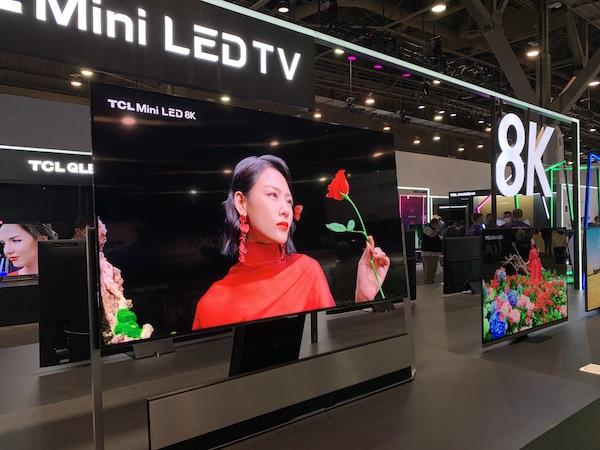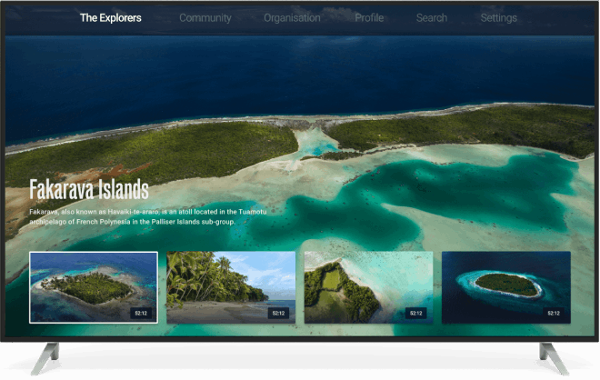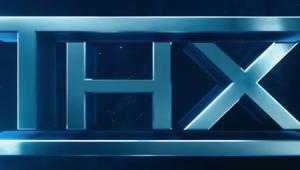8K Update: What’s Next for the Budding TV System?

When the original NTSC broadcast system gave way to high-definition television at the end of the 20th century it was the first major upgrade in almost 50 years, so it was a huge deal. I remember getting together with the staff of Sound & Vision in early November of 1998 to watch New York’s first HDTV broadcast on one of the first HDTVs — a Philips 64-inch rear-projection model (remember those?) that cost ten grand. We all marveled at the depth and clarity of the picture as the New York Jets put an end to the Buffalo Bills’ five-game winning streak. A dozen or so years later, TV makers rolled out the first 4K Ultra HDTVs, which accounted for three-quarters of the 45 million TVs shipped in the U.S. last year, and, now, 8K beckons. But when will the next-gen TV format actually start to take off? The latest Consumer Technology Association (CTA) forecast pegs shipments of 8K TVs as growing from 267,000 units this year to around three-quarters of a million next year before climbing to almost 2.5 million in 2025. To get a handle on how things are progressing in the world of 8K, we decided to check in with Chris Chinnock, executive director of the 8K Association (8KA).
S&V: Since we spoke in mid-2020, the 8K market appears to be progressing in classic fashion: Programming remains very limited while the number of available 8K-capable TV sets continues to grow. Samsung, LG, Sony, and the Chinese brands Hisense and TCL all announced new 8K TVs last month at CES 2022, so things appear to be moving along on the hardware front. What are your key takeaways from CES?
 Chris Chinnock: CES did not yield a treasure trove of new 8K sets — there were mostly incremental improvements, which applied to 4K TVs as well. What we did see were a number of technology innovations that may be introduced in 2022. TCL showed a super-slim 8K TV with a fourth-generation Mini-LED backlight offering really excellent performance. They also staged an 8K demo using a VVC decoder. (Versatile Video Coding, or VVC, is a next-generation codec that will be important to reduce bit rates for 8K delivery). Other TV brands demonstrated numerous improvements that will likely be applied to 4K and 8K TVs. These include advances in visual performance — increased brightness in OLEDs and better Mini-LED backlight technology for LCDs — and improvements in gaming features such as lower latency, higher frame rates, and improved tone mapping. TCL and Hisense are also planning to bring 8K models offered in other regions to the U.S. But the big news in TV was Samsung’s introduction of its QD Display (a.k.a. QD OLED), a new technology that features a blue OLED layer with pixelated red and green quantum dots. It will only be offered in 4K resolution to start, but could expand to 8K later.
Chris Chinnock: CES did not yield a treasure trove of new 8K sets — there were mostly incremental improvements, which applied to 4K TVs as well. What we did see were a number of technology innovations that may be introduced in 2022. TCL showed a super-slim 8K TV with a fourth-generation Mini-LED backlight offering really excellent performance. They also staged an 8K demo using a VVC decoder. (Versatile Video Coding, or VVC, is a next-generation codec that will be important to reduce bit rates for 8K delivery). Other TV brands demonstrated numerous improvements that will likely be applied to 4K and 8K TVs. These include advances in visual performance — increased brightness in OLEDs and better Mini-LED backlight technology for LCDs — and improvements in gaming features such as lower latency, higher frame rates, and improved tone mapping. TCL and Hisense are also planning to bring 8K models offered in other regions to the U.S. But the big news in TV was Samsung’s introduction of its QD Display (a.k.a. QD OLED), a new technology that features a blue OLED layer with pixelated red and green quantum dots. It will only be offered in 4K resolution to start, but could expand to 8K later.
S&V: How many TVs are 8K Association Certified at this point? And can you provide a quick refresher on the 8K certification program?
Chinnock: Over 80 TVs are now 8K-certified. Certification allows manufacturers to use an 8K Association Certified logo that consumers will recognize. The program specifies a number of TV performance and interface requirements that a TV must meet to become certified. An 8K-certified TV is guaranteed to deliver a high level of performance so the idea is to give consumers confidence in their buying decision. We are now starting our internal process of seeing how we can raise the bar higher in 2022. Such updates might include making optional elements mandatory, expanding codec support, increasing performance levels, and expanding interface options.
S&V: Given the current lack of content, what are the benefits of owning an 8K TV?
Chinnock: 8K TVs still represent the best TVs that TV brands have to offer, so if you want the best, it will be 8K. Yes, lack of content is an issue, but the AI (artificial intelligence)-based upscaling engines in these TVs are quite good and deliver really nice images. The 8K Association is doing its part to educate the professional community on the maturity of the 8K ecosystem to ensure they have the information they need to make business decisions around 8K, including capturing, mastering, and, ultimately, delivering 8K to consumers.
S&V: Let’s shift over to content. What’s out there and where can you get it?
Chinnock: NHK in Japan continues to broadcast in 8K on a regular basis but the content is not available outside Japan. YouTube and Vimeo have lots of 8K content — mostly short clips and user-generated content. High-end phones now have 8K cameras, which means user content can be a valuable source of videos and pictures for anyone who owns an 8K TV. TCL and Samsung have integrated The Explorers app, which offers 8K content, into their 8K TVs, and the Eastern European service provider MEGOGO is upconverting 4K content to 8K and streaming it to consumers. One other TV maker is planning to adopt The Explorers app but it has not yet made a public announcement.

S&V: What’s the biggest hurdle preventing 8K content from becoming more widely available?
Chinnock: The hurdles are the same ones faced by 4K seven or eight years ago: The extra cost to capture and produce in 8K, the increased bandwidth needed to produce and stream it, and the limited installed base of 8K TV sets. The 8KA is doing its part to address these issues.
S&V: When we spoke in 2020, you said streaming will lead the way with 8K adoption and noted that a number of codecs designed to reduce bandwidth constraints were under development. Can you give us an update? And what role do you expect artificial intelligence (AI) to play here?
Chinnock: Codec development is continuing nicely. HEVC (High Efficiency Video Coding) will likely be used in the near term as it is the most mature and widely deployed format. Intel and others have been working hard to develop cost effective 8K encoding and distribution solutions using HEVC for live events that can be delivered to consumers in real time. Last summer they live-streamed 8K content to the Skirball Cultural Center in Los Angeles and other sites to demonstrate how it works.
The AV1 codec developed by the Alliance for Open Media (AOM) will likely play a role on the streaming side, but it doesn’t appear to have much traction yet in the broadcast world. VVC has started to offer royalty licensing, and hardware decoders are available from at least one TV SoC (system-on-a-chip) provider (MediaTek), but 8K VVC encoding still needs work.
AI is becoming a very important element in encoding as well. AI can be used to reduce bit rates through preprocessing and it can be used in the encoder to reduce resolution for images with little spatial details and frames rates for scenes with little motion. Layered approaches, also now in development, would allow a 4K signal to be sent over the air or via a pay TV network with an enhancement layer delivered over a broadband network or 5G, for example. An 8K TV could use the enhancement data to restore the 8K image, while a 4K TV would simply ignore the enhancement layer. [Click here for a recent report on AI encoding.] The 8KA is planning to release guidelines on 8K live encoding and distribution this year to help content providers implement solutions more quickly.





























































